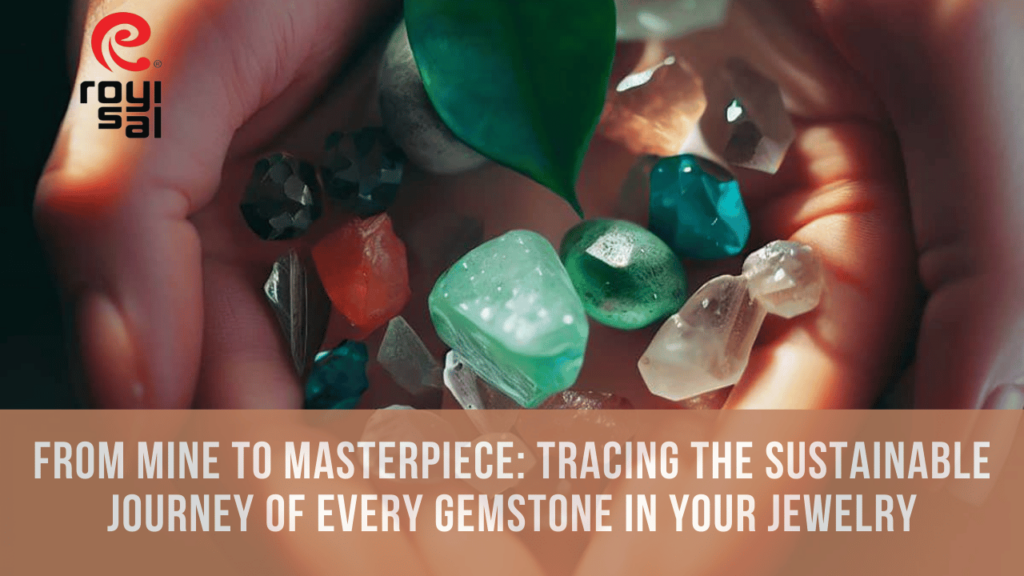
In an era of increasing consumer awareness and ethical consciousness, the journey of gemstones from mine to market has become a focal point for many jewelry buyers. Sustainable jewelry practices prioritizing ethical sourcing, environmental responsibility, and fair labor standards, are gaining significant traction. This article delves into the complexities of the gemstone supply chain, exploring the sustainable practices that ensure the ethical and responsible sourcing of the precious stones adorning your jewelry.
Understanding Sustainable Gemstones
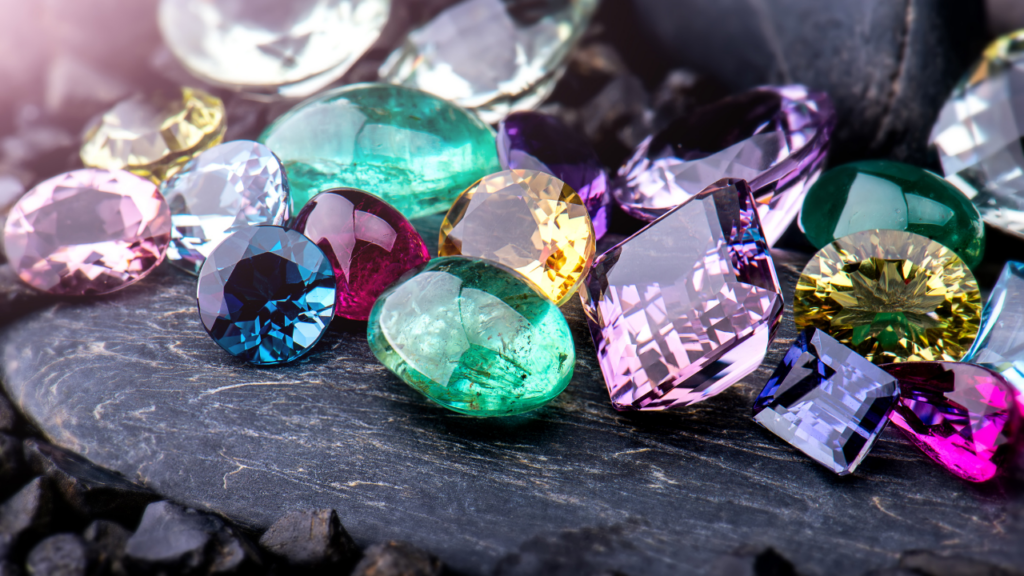
Defining sustainable gemstones
– Ethical sourcing: Gemstones sourced from mines that adhere to fair labor practices, human rights standards, and environmental regulations.
– Fairtrade practices: Ensuring that miners and workers are paid fair wages and have safe working conditions.
– Environmental responsibility: Minimizing the negative environmental impact of mining and production processes.
– Eco-friendly mining: Employing sustainable mining practices that preserve ecosystems and minimize environmental damage.
– Social impact and community development: Supporting local communities and promoting economic development through sustainable gemstone initiatives.
The challenges of sustainable gemstone sourcing
– Conflict zones and human rights abuses: Some gemstones are sourced from conflict zones where armed groups may use the trade to finance their activities.
– Environmental degradation and resource depletion: Unsustainable mining practices can lead to deforestation, soil erosion, water pollution, and depletion of natural resources.
– Lack of transparency and traceability: It can be difficult to trace the journey of gemstones from mine to market, making it challenging to ensure ethical and sustainable practices throughout the supply chain.
By understanding the key elements of sustainable gemstones, consumers can make informed choices and support jewelry brands that prioritize ethical and responsible practices.
The Role of Certifications and Standards
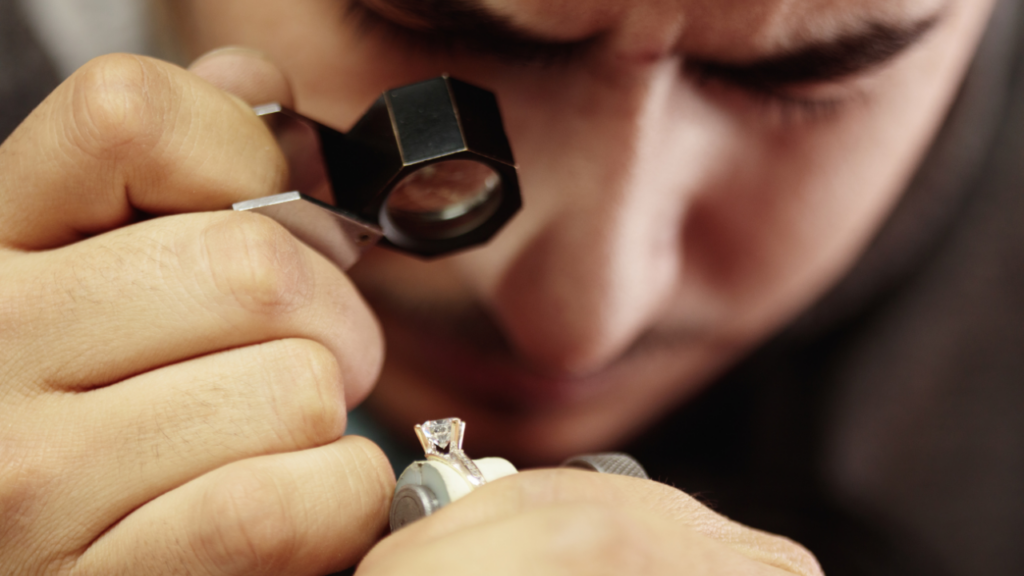
Global initiatives for sustainable gemstones
– Kimberley Process Certification Scheme (KPCS): An international agreement designed to prevent conflict diamonds from entering the global market.
– Fairtrade International: A global organization that promotes fair trade practices and supports ethical and sustainable sourcing.
– Responsible Jewelry Council (RJC): A global standard-setting organization that provides certification for companies committed to ethical and sustainable jewelry practices.
The importance of third-party verification
– Ensuring compliance with ethical standards: Third-party certifications provide independent verification of a company’s adherence to ethical standards and sustainable practices.
– Building trust and credibility: Certifications can help build trust and credibility with consumers, demonstrating a commitment to ethical and responsible sourcing.
By supporting certified gemstones, consumers can contribute to a more sustainable and ethical jewelry industry.
Ethical Sourcing Practices
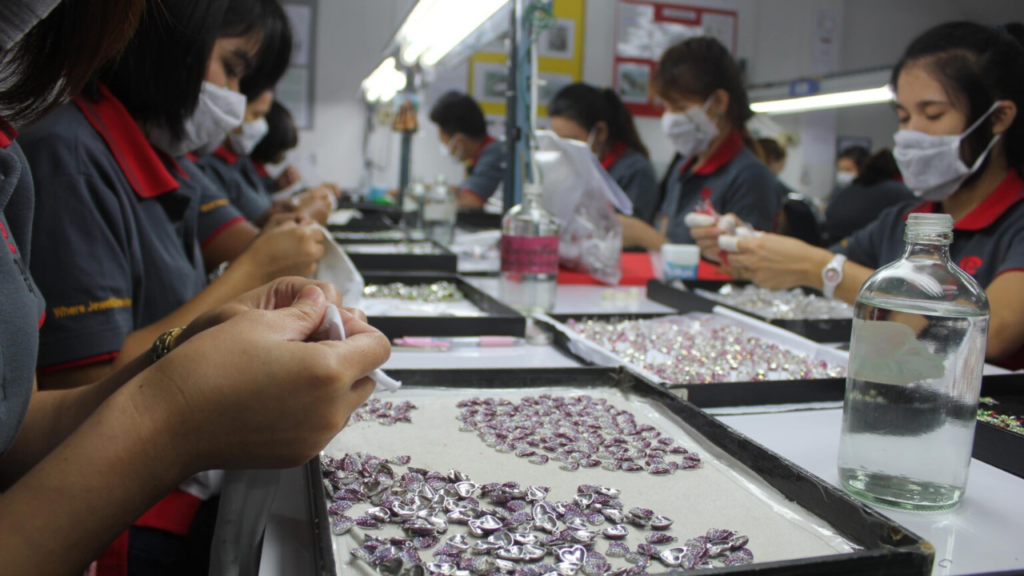
Traceability and transparency in the supply chain
– Documenting the journey of gemstones from mine to market: Ensuring that the origin and journey of gemstones can be traced throughout the supply chain.
– Ensuring accountability and ethical practices: Holding suppliers accountable for adhering to ethical standards and fair labor practices.
Fair trade partnerships with mining communities
– Supporting local economies and improving livelihoods: Partnering with mining communities to promote economic development and improve living conditions.
– Promoting fair wages and working conditions: Ensuring that miners and workers are paid fair wages and have safe working conditions.
By prioritizing traceability, transparency, and fair trade partnerships, jewelry brands can contribute to a more ethical and sustainable gemstone supply chain.
Environmental Responsibility

Sustainable mining practices
– Minimizing environmental impact and preserving ecosystems: Adopting mining practices that minimize damage to the environment, such as reducing deforestation, soil erosion, and water pollution.
– Implementing reclamation and rehabilitation programs: Restoring mined areas to their original state or a better condition through reclamation and rehabilitation efforts.
Reduced use of harmful chemicals
– Promoting eco-friendly processing techniques: Using environmentally friendly chemicals and processes to reduce the negative impact on the environment.
– Protecting the health of workers and communities: Ensuring that workers and communities are not exposed to harmful chemicals and pollutants.
By prioritizing sustainable mining practices and reducing the use of harmful chemicals, jewelry brands can contribute to a healthier planet and protect the well-being of workers and communities involved in the gemstone industry.
Social Impact and Community Development

Supporting local communities and economies
– Investing in education and infrastructure: Supporting local development projects to improve education, healthcare, and infrastructure.
– Promoting fair labor practices and human rights: Ensuring that workers in the gemstone industry are treated fairly and have their rights protected.
Empowering women in the gemstone industry
– Creating opportunities for women’s economic empowerment: Supporting initiatives that promote women’s participation in the gemstone industry and provide them with opportunities for economic growth and development.
By prioritizing social impact and community development, jewelry brands can contribute to a more equitable and sustainable world.
The Future of Sustainable Gemstones
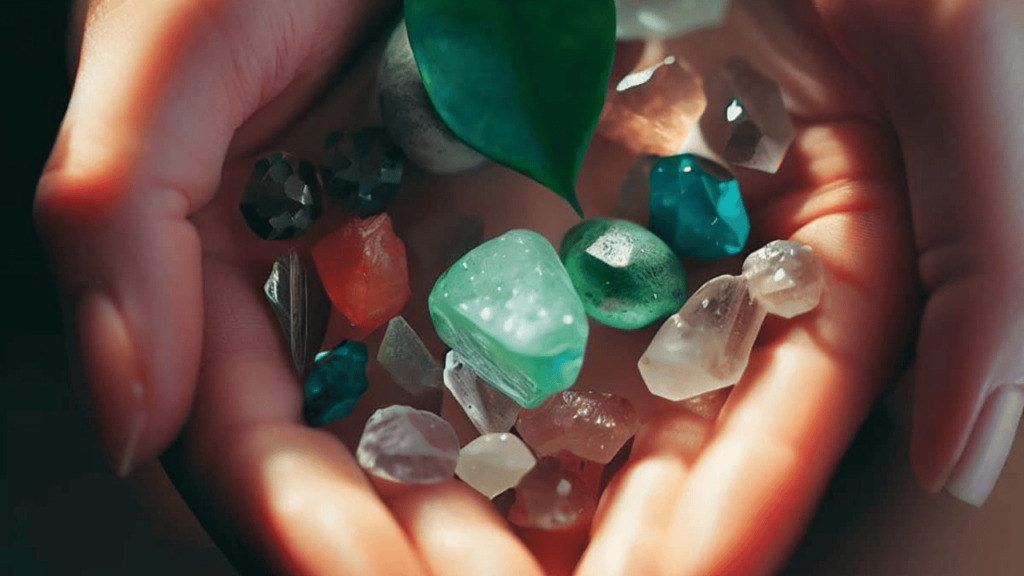
Emerging trends and innovations
– Lab-grown gemstones and their impact on the industry: Exploring the growing popularity of lab-grown gemstones and their potential to reduce the environmental impact of gemstone mining.
– Technological advancements for sustainable sourcing: Examining new technologies and innovations that can improve the sustainability and traceability of gemstones.
Consumer awareness and demand for ethical jewelry
– Educating consumers about sustainable practices: Raising awareness among consumers about the importance of sustainable and ethical jewelry.
– Encouraging responsible consumption: Promoting responsible consumption habits and encouraging consumers to choose jewelry that is ethically sourced and environmentally friendly.
As the jewelry industry continues to evolve, sustainable practices and ethical sourcing will become increasingly important. By staying informed about emerging trends and innovations, consumers can make informed choices and support jewelry brands that prioritize sustainability.
The Role of Jewelry Brands in Promoting Sustainability

Transparency and disclosure
– Communicating sustainable practices to customers: Clearly communicating your brand’s commitment to sustainability and providing information about your sourcing practices, ethical standards, and environmental impact.
Partnerships with ethical suppliers
– Collaborating with like-minded organizations: Partnering with other companies and organizations that share your commitment to sustainability and ethical practices.
Supporting research and development
– Investing in innovative sustainable solutions: Supporting research and development efforts to develop new technologies and processes that can improve the sustainability of the jewelry industry.
By taking these steps, jewelry brands can play a significant role in promoting sustainability and ethical practices within the industry.
Conclusion: Embracing Sustainability in Every Gemstone
The journey of a gemstone, from its origins in the earth to its transformation into a piece of exquisite jewelry, is a complex one. By embracing sustainable practices and prioritizing ethical sourcing, the jewelry industry can contribute to a more just and equitable world. As consumers, we have the power to influence the market by demanding transparency, supporting ethical brands, and choosing jewelry that reflects our values. By embracing sustainable gemstones, we can not only adorn ourselves with beauty but also contribute to a more sustainable and responsible future.
At Royi Sal Jewelry, we are fully committed to doing our best effort to reduce our impact on the environment and uphold sustainability in the jewelry industry. We exemplify a holistic approach throughout our jewelry-making journey. We prioritize recycled silver, reducing environmental damage from mining. Additionally, our closed-loop system recycles scrap silver into new pieces, minimizing waste and resource consumption.
Royi Sal Jewelry understands that informed consumers are empowered consumers. Visit our website to explore our wide selection of exquisite jewelry crafted with ethically sourced gemstones and sustainable practices. We invite you to learn more about our commitment to a more sustainable future and discover the beauty that aligns with your values. Together, we can create a brighter future for the jewelry industry and our planet.
Join our mission towards a greener earth and learn more about having your jewelry manufactured with recycled Silver. If you are interested in becoming a partner, you can request details via email at [email protected]. Our jewelry experts are ready to provide advice and guidance every step of the way, from design to production and delivery, to help bring your ideas to life.
Share this post

